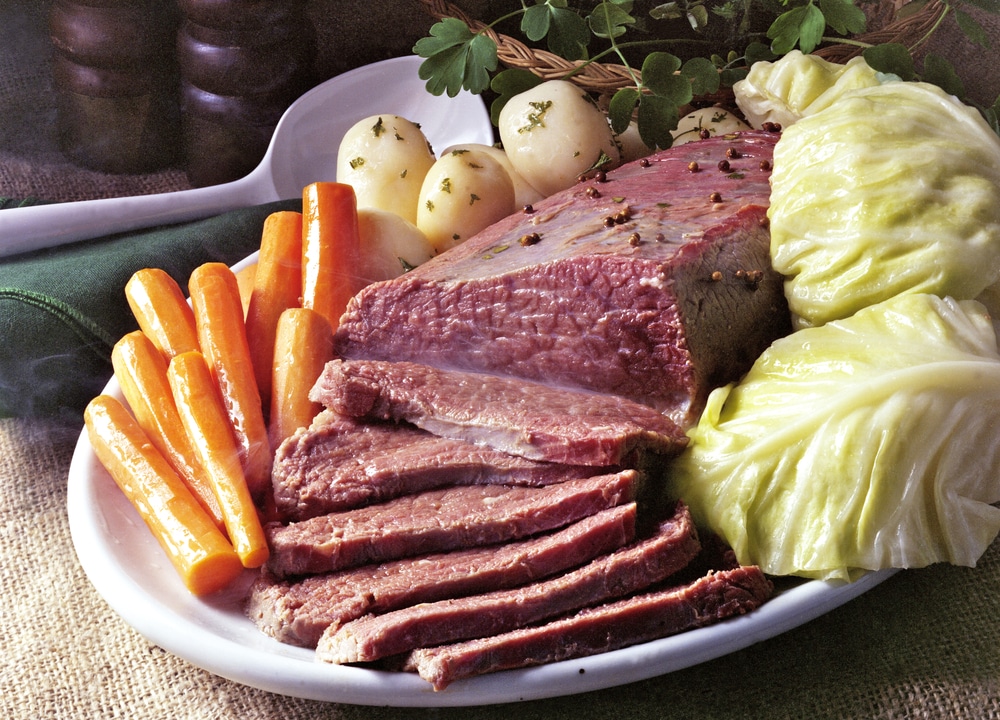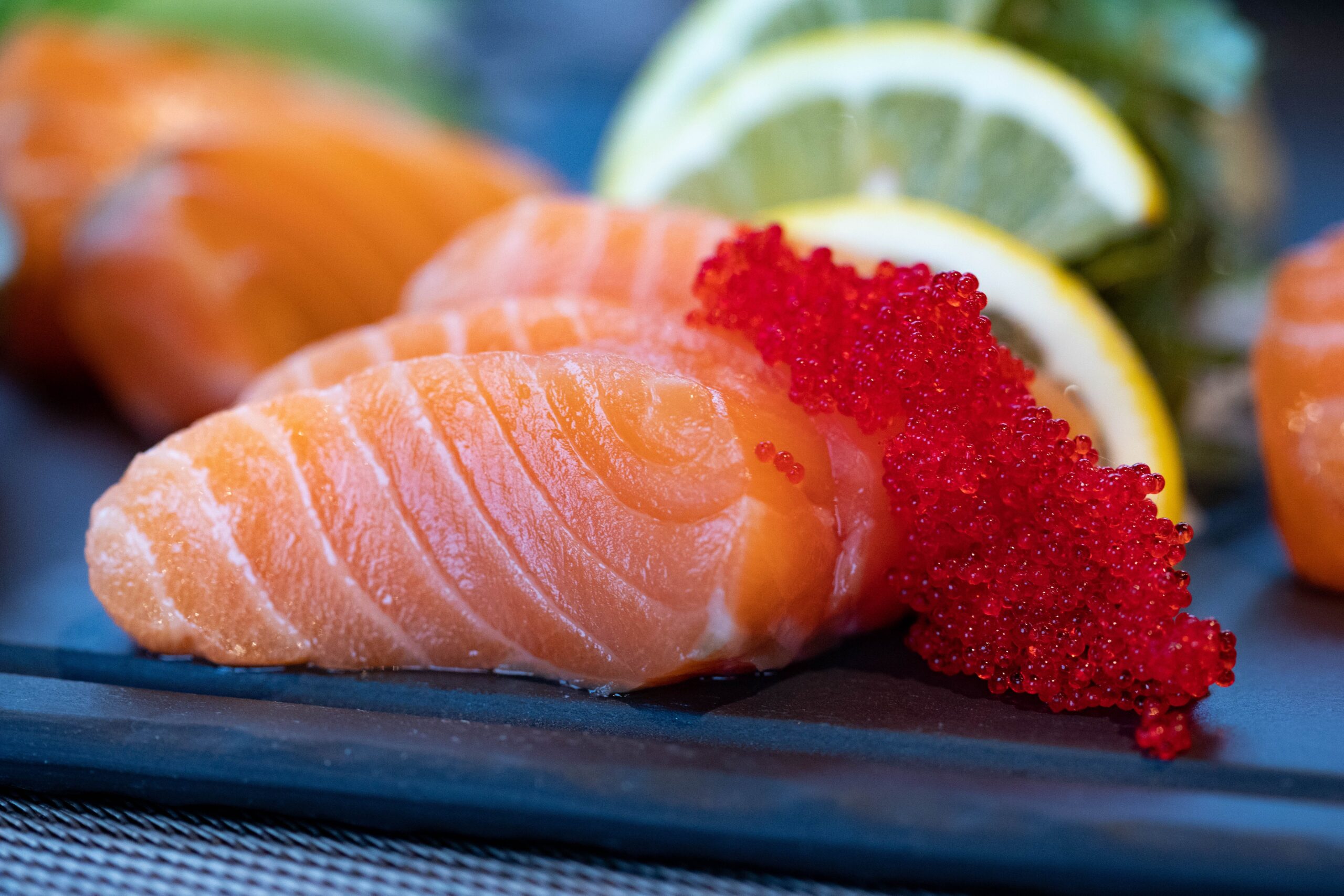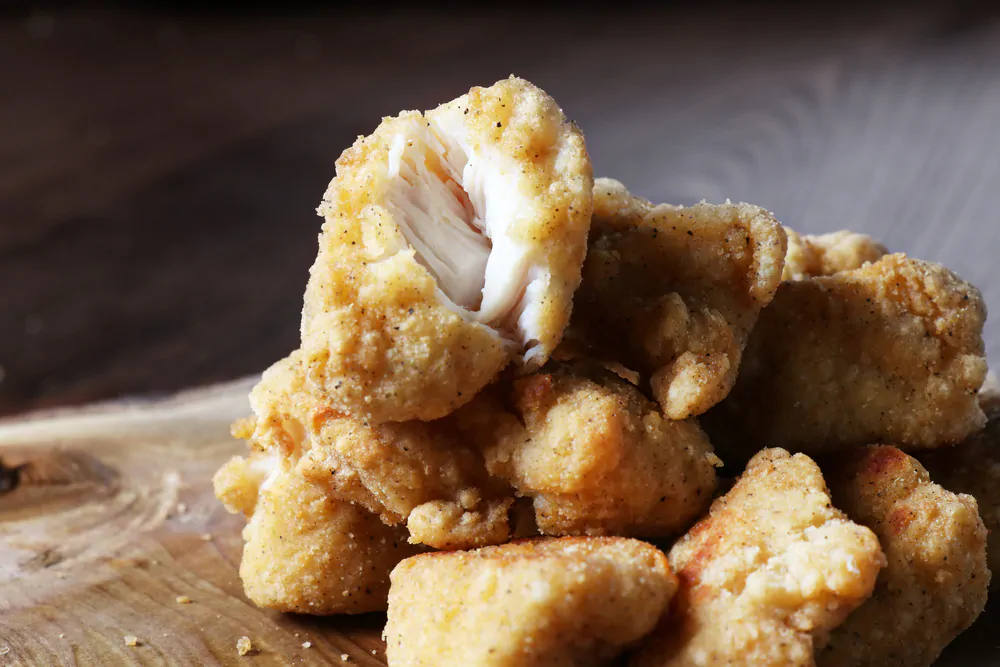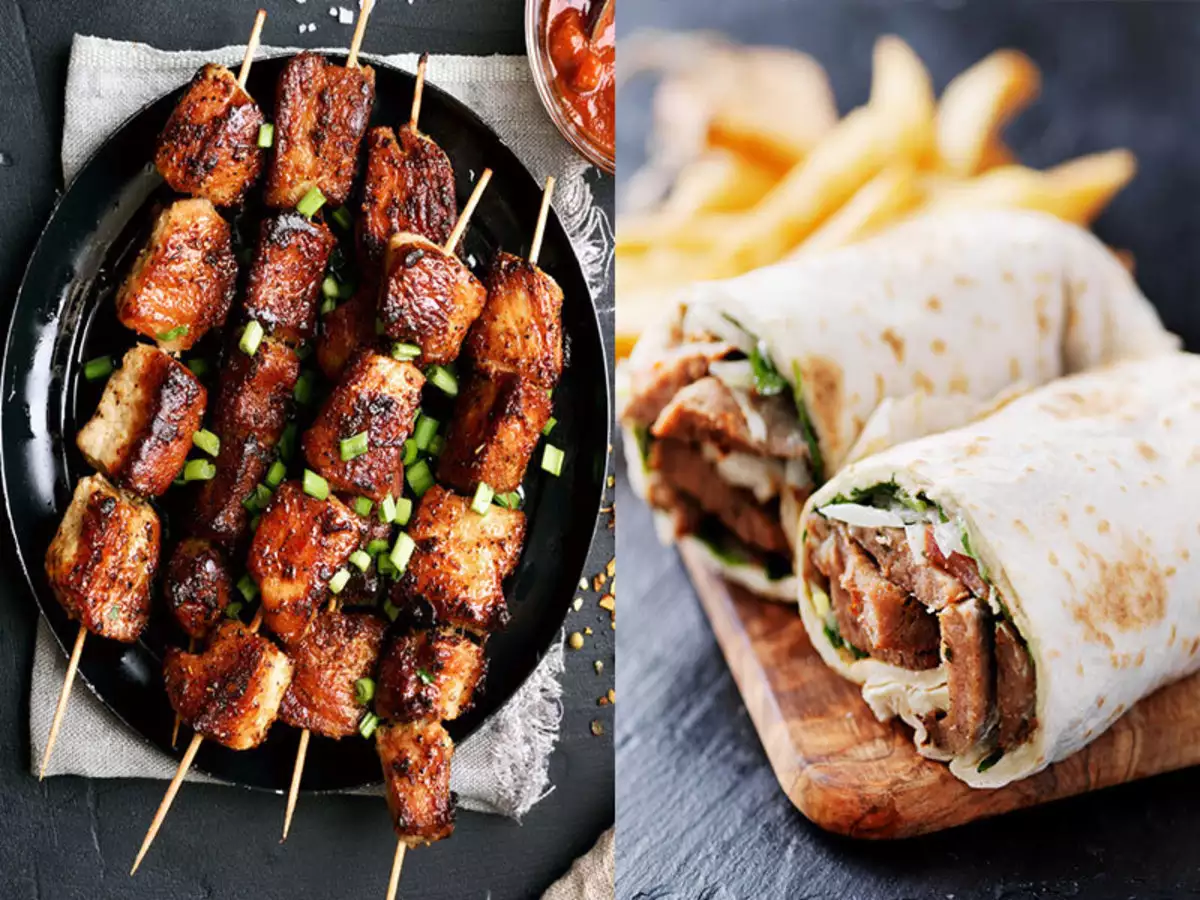The higher cost of corned beef can be attributed to multiple factors. These include the expense of using premium beef, the labor-intensive nature of its preparation, the necessary curing components, and the time invested in the curing procedure. Moreover, market dynamics and product availability can further impact its price point.
Corned beef, a culinary delight enjoyed in various forms across cultures, has captivated palates with its distinct flavor and tender texture. While savoring this delectable dish, one might wonder about the reasons behind its relatively higher price tag.
Here, you’ll uncover what makes corned beef valuable and also take a closer look at the economic factors and skillful craftsmanship that come together to create this delicious treat that people love to enjoy.
What is corned beef?
Corned beef is meat, usually beef, that has been cured using large grains of salt. This process preserves the meat and gives it a unique flavor. It’s often soaked in brine with spices, then slow-cooked to make it tender and flavorful. It’s used in dishes like sandwiches and hash
Understanding The Production Process Of Corned Beef
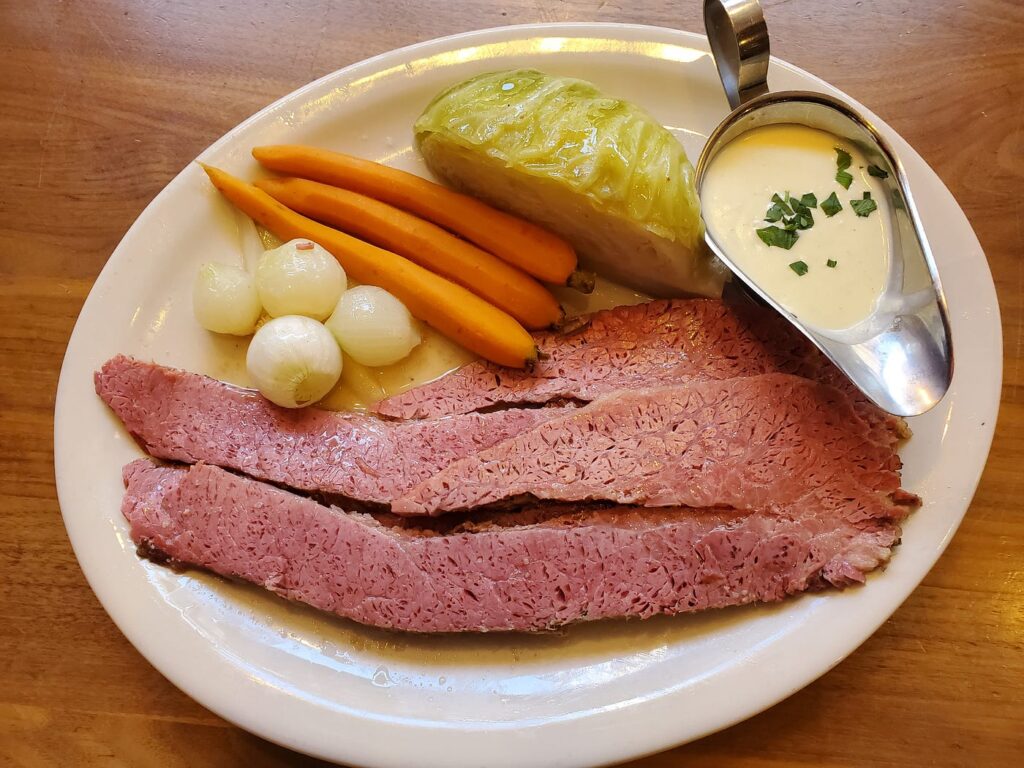
Production:
Corned beef, a type of beef that undergoes a curing process, involves soaking the meat in a brine solution. This solution consists of salt, nitrates, and other preservatives.
Also, Over a span of up to two weeks, the meat absorbs these flavors and retains moisture, enhancing its shape after cooking. Once the curing concludes, various cooking methods like boiling or roasting in an oven can be employed.
Ingredients:
The components used in crafting corned beef are simple: salt, sugar, sodium nitrate, potassium nitrate, bay leaves, peppercorns, garlic cloves, and sometimes pickling spices. These ingredients are thoroughly mixed before being applied to the raw meat. This amalgamation imparts flavor and serves as a preservative during the curing process.
Processing:
Following the combination of ingredients, they are rubbed onto every facet of the raw meat. The meat pieces are then tightly wrapped with plastic wrap or aluminum foil, safeguarding them from air exposure. This curing phase takes place for up to two weeks at a controlled temperature of 40°F – 60°F (4°C – 15°C).
During this time, enzymes break down connective tissues within the muscle fibers, resulting in more tender cuts for later cooking.
Once adequately cured, you can prepare your homemade dish. This involves either boiling the meat on the stove until its internal temperature hits 145°F (63°C) or baking it at a low temperature of around 250°F (121°C) until the desired tenderness is achieved. This process spans approximately an hour, contingent on the meat’s size.
Why it is so expensive
1. Elongated Processing Period Corned beef production follows an extended curing period, involving the infusion of meat with salt and seasonings. This intricate process can span days or even weeks.
Additionally, This drawn-out duration not only extends the production timeline but also escalates labor expenses, necessitating meticulous supervision and handling of the meat during its curing journey.
2. Premium Ingredient Selection Top-tier corned beef frequently relies on prime cuts such as brisket or round, renowned for their elevated quality.
However, these superior beef cuts come at a premium cost.The utilization of these exceptional cuts elevates the overall expenditure of corned beef, aligning with their reputation for tenderness and flavor, ultimately influencing the end product’s price point.
3. Unique Blend of Seasonings Corned beef’s distinct flavor hinges on a bespoke blend of specialized seasonings and spices, encompassing elements like coriander seeds, bay leaves, and peppercorns.
So, incorporating these exclusive ingredients entails additional expenditure, amplifying the cost of corned beef production due to their integral role in achieving the desired taste profile and aromatic appeal.
4. Demand Dynamics and Seasonal Influence Corned beef encounters demand fluctuations, particularly during specific periods like St. Patrick’s Day when its popularity surges.
In addition, the seasonal ebb and flow wield an impact on pricing as suppliers may adjust costs to match the heightened consumer interest, echoing the ebb and flow of market dynamics and consumer willingness to invest more during these windows.
5. Labor Craftsmanship and Packaging Expertise The preparation and packaging of corned beef mandate adept labor, encompassing skilled butchers and packaging professionals.
Further, The remuneration extended to these skilled practitioners, along with the cost of packaging materials, coalesces to contribute to the comprehensive expenditure of both crafting corned beef and ensuring its appealing presentation for purchase.
6. Brand Esteem and Strategic Marketing Well-established brands, buoyed by a sterling reputation, often command a premium for their corned beef, buoyed by customer loyalty, brand recognition, and vigorous marketing endeavors.
The perceived excellence and trust attached to renowned brands empower them to exact a higher price, mirroring the esteem customers hold for their offerings.
7. Import Complexities and Costs In some locales, corned beef might be sourced from foreign markets wherein production, transportation, and import duties contribute to escalated expenses.
Also, the import dimension augments the overall cost due to elements like international shipping, customs fees, and compliance with import regulations, which cascade into the final price paid by consumers.
8. Prolonged Shelf Life and Storage Requirements Corned beef’s curing process bestows it with a protracted shelf life, distinguishing it from fresh meat alternatives.
Smart Shopping Strategies for Buying Affordable Corned Beef
Get to Know Store Price Points Before you head to the grocery store, take a moment to familiarize yourself with the current prices (10-15$)at various stores nearby. This early research provides insights into the expected costs of different types of corned beef cuts.
Also, you might even discover that one store offers significantly lower prices than another, especially for items like corned beef brisket or canned corned beef hash. Jumping on this chance can lead to meaningful savings.
Compare Different Products & Brands
Once you’re in the store, spend some time carefully comparing different brands and products before making your choice. Pay close attention to the nutrition labels and ingredient lists. Figure out which option provides more nutrients per serving while keeping additives like preservatives or sodium content at a minimum.
Depending on your dietary preferences, this information can guide your selection, making sure it aligns with both your nutritional aims and your budget constraints.
Hunt for Special Deals & Coupons
Stay on the lookout for local flyers and online platforms connected to the grocery stores you frequent. These platforms often roll out exclusive promotions throughout the year, particularly targeting specific items such as canned corned beef hash or larger brisket packages. These deals cater to bulk buyers looking for bigger portions while capitalizing on savings during these promotional periods.
Additionally, printable coupons, when combined with ongoing sales efforts, can drive prices even lower. As you navigate these discounted options, remember that saving money shouldn’t mean sacrificing quality. Be discerning in your choices, even when choosing from discounted items.
What Makes It Unique?
Even though corned beef and beef brisket come from the same beef cut, they’re quite different.
Moreover, Corned beef stands out because it’s cured in brine before cooking. This process involves soaking it in a solution containing sodium nitrite, which gives it a distinct pink color. Sodium nitrite prevents bacteria growth, keeping the meat safe to eat.
At last, because of this curing, corned beef and beef brisket aren’t usually interchangeable in recipes. Corned beef has a unique, saltier taste compared to other meats. On the other hand, beef brisket can absorb flavors from seasonings before it’s slowly cooked.
5 Best Alternatives To Corned Beef

Surprisingly, you can explore alternatives like turkey or even opt for a wholesome plant-based choice!
1. Pastrami: Pastrami emerges as a favored substitute for corned beef, primarily due to its shared salt-cured processing. Made from brisket or the leaner deckle cut of beef, pastrami mirrors corned beef’s curing methods. Notably, pastrami diverges by being coated with spices prior to the curing process, resulting in a distinctive spice-infused crust, setting it apart from corned beef.
2. Roast Beef: If your quest centers around relishing beef’s taste, roast beef is a worthy contender. Slow-cooked to tender juiciness, roast beef delights many when prepared in a slow cooker throughout the day. Alternatively, pre-cooked sliced roast beef from the deli counter can be a sandwich superstar. This option offers a milder flavor compared to corned beef and is often more accessible.
3. Ham: Ham, our first non-bovine option, exudes a milder flavor than corned beef, despite sharing a cured status. Whether enjoyed in homemade creations or as deli slices gracing sandwiches, salads, or pizzas, ham introduces a versatile option.
4. Turkey Corned Beef: Opting for turkey corned beef brings a slightly healthier spin to the table, boasting a lower fat content than traditional corned beef. Yet, the flavor remains uncompromised, as turkey corned beef undergoes the same processing method as its beef counterpart.
5. Corned Beef Seitan: Stepping into the realm of plant-based choices, corned beef seitan stands out. Crafted using vital wheat gluten and a brining solution akin to traditional corned beef, this option caters to those seeking familiar flavors while adhering to dietary preferences.
Make Corned Beef At Home
Embarking on the creation of homemade corned beef is no small feat; it requires a substantial time commitment. Some of the most esteemed recipes available online even call for a preparation period extending up to 250 hours.
Nonetheless, it’s worth noting that a significant portion of this preparation can occur autonomously, sparing you the need for constant oversight.
Once you’ve formulated the brining solution—usually a combination of salt, sugar, and an assortment of spices—you pour it over the brisket cut.
Subsequent to this step, the blended brisket finds its place in the refrigerator, where it will reside for a span of 3 to 10 days.
Following the culmination of the brining phase, the brisket finds its way into a pot, where it gently simmers over low heat until achieving that sought-after fork-tender succulence.
As the corned beef concludes its culinary expedition, you’re at liberty to relish it in whatever manner suits your palate, taking delight in the rewarding outcome of your homemade undertaking.
Health Benefits Of Corned Beef
Despite originating from a premium beef cut, corned beef is associated with several health benefits, primarily due to its richness in protein, vitamin B12, and iron. Notably, it also boasts significant levels of selenium, a vital element in thyroid hormone production.
However, it’s important to note that while corned beef does offer advantages, it falls into the categories of both red meat and processed meat. The curing process, involving salt and various spices, contributes to its high sodium content.
The elevated sodium content present in processed meats like corned beef is a potential concern, as it can potentially elevate blood pressure in certain individuals and may even contribute to an increased risk of heart disease. Consequently, moderation is key when it comes to consuming corned beef or any other processed meat.
FAQs
Is Corned Beef a Junk Food?
No, Corned beef isn’t typically classified as junk food, but its nutritional profile suggests it may not be the healthiest option. According to the USDA, 100 grams of corned beef brisket contains 251 calories, and it is notably high in sodium and unsaturated fat. This composition makes it less conducive to weight loss and overall health.
Corned Beef: Pork or Beef?
Corned beef is primarily made from beef, not pork. In the United States, it’s commonly prepared using beef brisket. While you might encounter it at Jewish delis, its connection to beef brisket stems from its tradition as a kosher cut of meat that undergoes a curing process to enhance tenderness.
Is Corned Beef Halal?
Yes, there are halal options for corned beef available. Brands like Grace Foods offer 100% Halal Corned Beef that can be enjoyed hot or cold. This versatile product can be used in various dishes, including sandwiches, pasta, rice, and even the classic corned beef hash.
Can You Purchase Halal Corned Beef?
Yes, you can find halal-certified corned beef products on the market. One example is Grace 100% Halal Corned Beef, which provides a halal-compliant option for individuals who prefer or require halal-certified foods. This ensures that the product aligns with Islamic dietary guidelines.
Conclusion
To sum up, the elevated cost of corned beef can be attributed to a combination of factors that influence its production, distribution, and market pricing. The process of corning beef involves meticulous brining, curing, and often slow cooking to achieve its distinct flavor and tenderness.
Additionally, the quality of the beef used, along with the expenses related to sourcing and preparing the necessary ingredients, contribute to the overall cost.







